 were at their peak then, but I was surprised to see that for the most part they were pretty muted compared to back home. Apparently this is because it doesn't get cool quickly enough for them to be really vibrant. Nevertheless, they made for an awesome backdrop against the mountains.
were at their peak then, but I was surprised to see that for the most part they were pretty muted compared to back home. Apparently this is because it doesn't get cool quickly enough for them to be really vibrant. Nevertheless, they made for an awesome backdrop against the mountains.


The photo above was taken when we drove out to the coast to a national park. This had to have been the most beautiful view I have seen since arriving. I couldn't believe how much the landscape could change within just a short 45 minute drive to the ocean.
Finally, this was taken while we had lunch. What you see is a large bamboo chute coming out of the wall toward a basket placed at the bottom. This gizmo is used for "wanko soba" which is famous in Iwate. "Wanko" refers to the type of bowl used for miso soup, and "soba" is a type of buckwheat noodle served cold. The idea is to eat as many small bowls of these noodles as possible. In this particular restaurant, servings of noodles jet out of the wall with water and slide down the chute. You then have to catch them with your chop-sticks and eat them as fast as you can before the next round!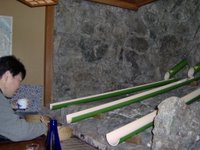

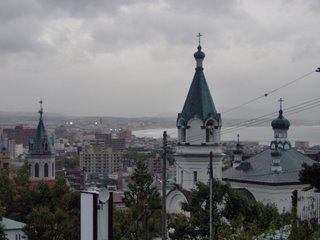









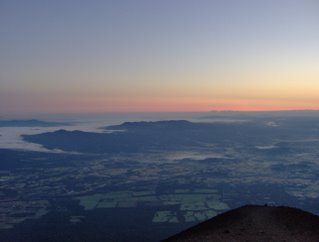
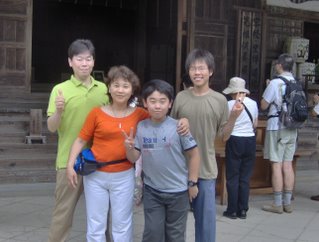
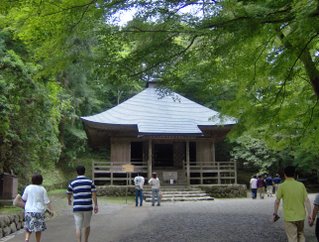

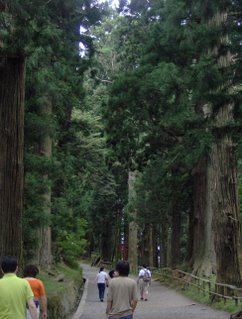

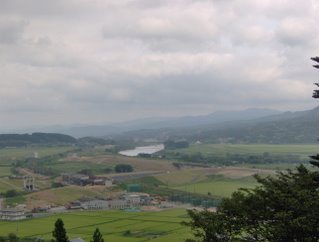




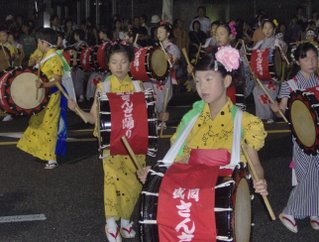


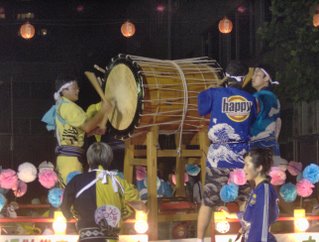

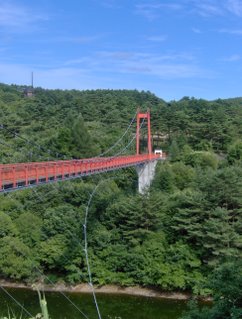
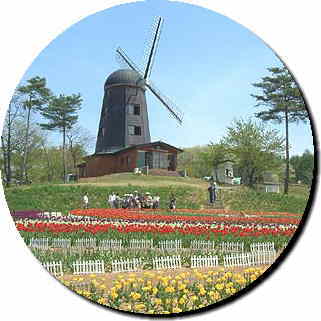 My town has a tulip festival in the spring that apparently attracts a lot of tourists. As for why they decided to build an electric windmill and have a festival in the first place? I'm still trying to get a straight answer on that one....
My town has a tulip festival in the spring that apparently attracts a lot of tourists. As for why they decided to build an electric windmill and have a festival in the first place? I'm still trying to get a straight answer on that one....

